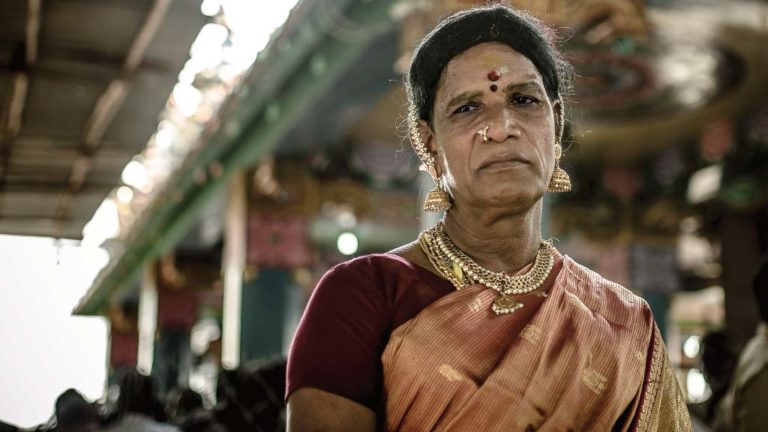What happens if you don’t behave like your gender ‘should’? Examples from Native American, Indian and Iranian cultures highlight that gender is diverse, but that the acknowledgement of gender variance doesn’t necessarily make us inclusive.
It’s easy to hold simplistic understandings of what it means to be a woman or a man. Jeans are bought in different stores, buttoned up on opposite sides, and taken off in separate toilets. The idea of gender that much development policy and practice enforces is one of women and men as two diametrically opposed categories, with the terms ‘gender’ and ‘sex’ being used interchangeably. However, being a woman or a man is not a fixed state or a genetic trait, but is influenced by society and culture. One is not born a woman, but acquires and enacts femininity in culturally appropriate ways. When we understand gender in this way, as a socio-cultural phenomenon, it follows that genders can be as varied and diverse as the cultures which formed them.
Examples of non-conforming gender roles and identities abound in both the medical and anthropological literature. Cultures or nations that identify, support or incorporate the idea of gender variance (or a specific third or fourth gender) are often touted as progressive victories of tolerance. But in some cases the presence of more than just the strict man-woman gender categories can instead imply a more restrictive system of gender. In these cases, certain behaviours force an individual (often via exclusion) into a new and distinct gender category.
Many Native American tribes are well-known for their Two-Spirits, an umbrella term for gender-variant people. In the Navajo culture, nádleeh have a gender status that is neither man nor woman. Typically male, nádleeh adopt the opposite gender role and prefer tasks generally reserved for women, such as gathering food, weaving, knitting and leatherwork. They are said to act as mediators in their societies, functioning as go-betweens in disputes and spousal conflicts. Similarly, wíŋkte, the two-spirited male-bodied people of the Lakota, display behaviours more aligned with those of women in their culture, and were traditionally housed in the less prestigious women’s part of the camp. In both cases, examples of females taking up male gender roles were historically rare.
In India and neighbouring South-Asian countries, the hijra represent a separate social caste of genetically male and intersex individuals who do not identify as strictly male or female. They are often assigned tasks in religious festivals, weddings and birth ceremonies, enjoying certain privileges in society. At the same time however, they are considered outcasts and suffer abuse, sexual harassment and rejection by their families. This often forces them into prostitution and begging. There is an important commonality worth noting here: if men do not ‘behave’ like typical men or conform to the idea of masculinity dominant in their culture, they are placed (or pushed) outside their sex-determined category. The presence of a third gender within a culture does not necessarily infer an absence of sexism or a progressive approach to gender.
Strict gender categories can not only push people into a state of ‘otherness’, but can also be radically enforced in cases where individuals do not align. In a contemporary context, this concept is perhaps most strikingly evidenced by Iran’s recent move to acknowledge gender variance. While the idea of a third gender has not played a significant role in Iranian history, Iran has become the only Muslim country in the Persian Gulf region to allow transgender people recognition under law. However, this recognition comes at a price, with ‘otherness’ defined as a medical condition that is to be ‘cured’ through subsidised sex reassignment. A person is only legally allowed to change his/her gender after undergoing surgery. Thus, what at first seems surprisingly progressive is ultimately nothing more than the enforcement of the strict dichotomy of woman and man.


